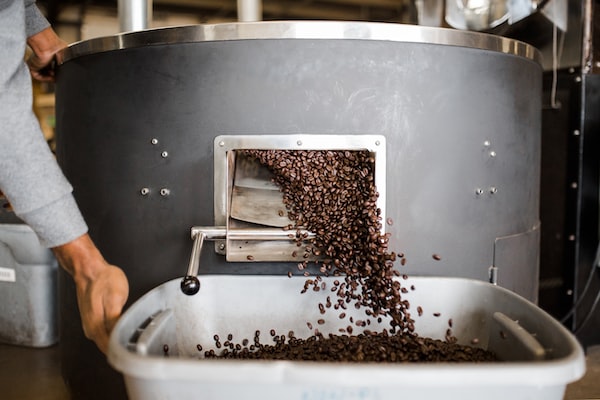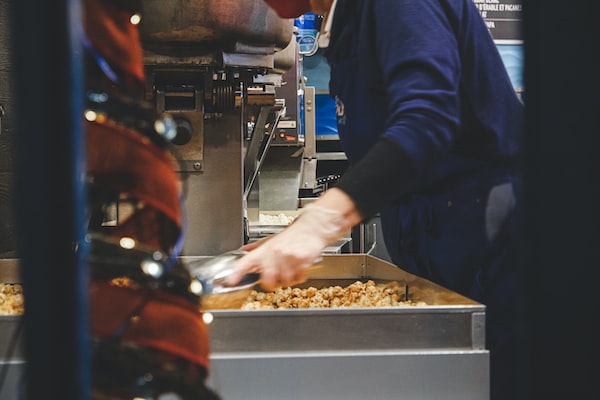From cooling milk used to make cheese to drying fruits used to make jams and jellies, the use of evaporators in food processing is essential. But what are the different types of evaporators used in these applications? In this article, we’ll explore the different types of evaporators used in food processing and discuss their advantages and disadvantages. Keep reading to learn more, and if you’re looking to purchase one, check out Genemco’s used evaporators for sale today.
Falling Film Evaporators
Falling film evaporators are an important piece of equipment in many food processing operations. They’re used to concentrate products, reduce the amount of water or other ingredients in a solution, and make certain food products. These are used in a variety of applications, from dairy processing to fruit and vegetable processing. Falling film evaporators use a process known as thin film evaporation to reduce the volume of a liquid. In a falling film evaporator, the liquid is pumped into the top of the evaporator, where it’s spread over the surface of a heat exchanger. The heat exchanger is heated from below, and as the liquid passes over the surface, it evaporates and is collected in a condenser at the bottom. The condenser separates the vapor from the liquid, and the liquid is collected in a storage tank.
Plate Evaporators

Plate evaporators, also known as plate heat exchangers, are becoming increasingly popular in food processing today, due to their efficient use of energy and their ability to create a consistent product. Plate evaporators are used to remove moisture from food products, which can help preserve the food and improve its shelf life. They’re composed of a series of parallel plates with a gasket between them. These plates are stacked together and then connected with bolts. As the plates are connected, a flow of hot or cold liquid is passed through them. The hot or cold liquid passes through one side of the plates, while the other side of the plates is exposed to a different temperature. As the plates are exposed to different temperatures, the liquid is evaporated, leaving behind a dry product. The plates and gaskets can be designed to meet specific requirements, such as the size of the plates and the temperature of the liquid.
Mechanical Vapor Compression Evaporators
When it comes to food processing, mechanical vapor compression evaporators are an indispensable piece of equipment used to concentrate and clarify a variety of food products. This type is particularly useful in the dairy industry where it’s used to reduce the water content of milk and cream as well as to make cheese. Additionally, it’s also commonly used in the fruit and vegetable processing industry to reduce the water content of fruits and vegetables to create juices, purees, and concentrates. The mechanical vapor compression device works by utilizing a high-pressure steam system to evaporate the water from the food product. This process is similar to the process used to make sea salt from ocean water. The steam is directed into a vessel containing the food product, where it evaporates the water from the product. This water vapor is then compressed and condensed back into liquid form. The concentrated product is then collected in a separate container.
Centrifugal Evaporators

Centrifugal evaporators are an important part of food processing, as they are used to reduce moisture content and concentrate viscous food materials or liquids. The process begins by placing the viscous food material or liquid into a rotating container, known as a centrifuge. The centrifuge spins at high speeds, resulting in centrifugal force. This force separates the components of the material or liquid based on their weight and density. The heavier components, such as proteins and fats, will be separated out, while the lighter components, such as water, sugar, and other volatile compounds, will remain in the centrifuge. The separated components are then collected in a separate container. The heavier components can then be used in other food products, while the lighter components are collected and passed through a condenser. This condenser removes the moisture from the liquid, resulting in a concentrated product. This concentrated product is then ready for use in food processing.
Overall, exploring the different types of evaporators used in food processing is essential in order to understand the process and optimize efficiency. By doing so, food manufacturers can ensure that their products are of the highest quality and safe to consume.
